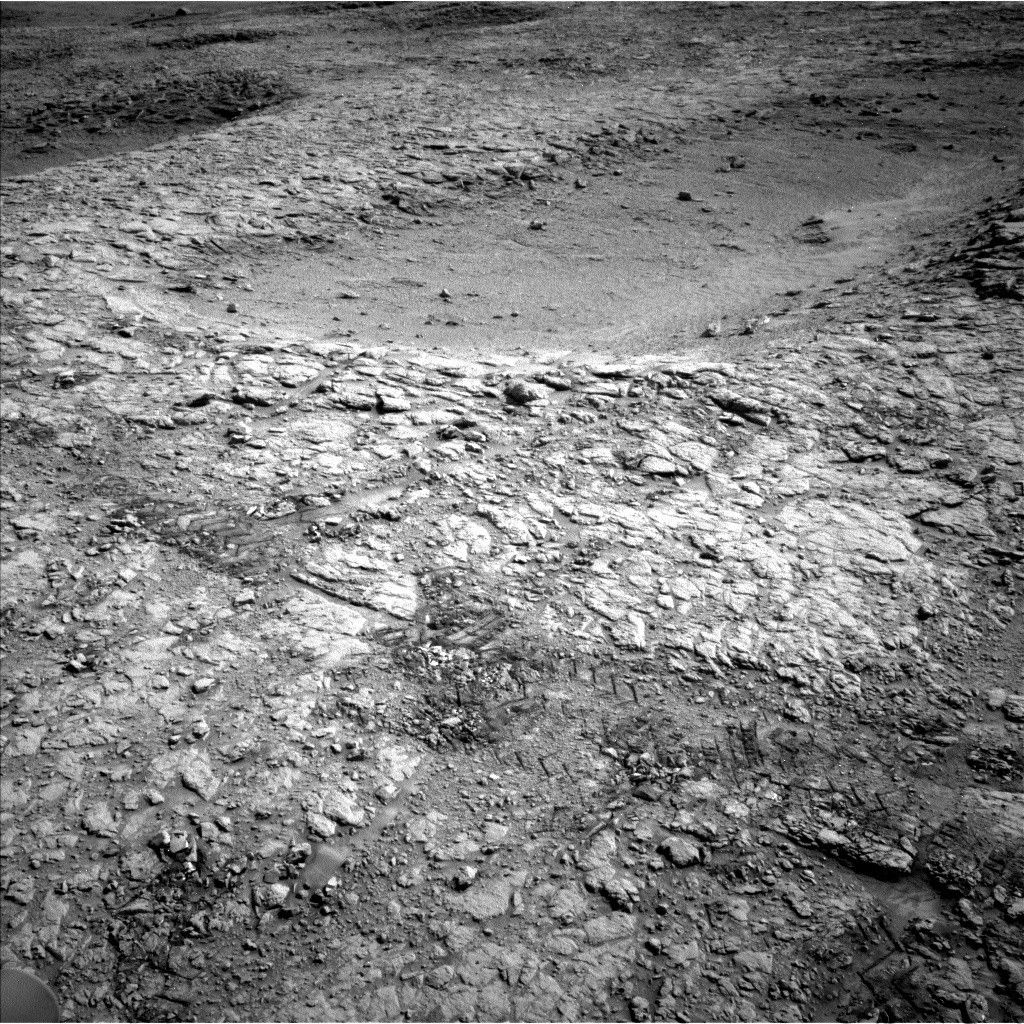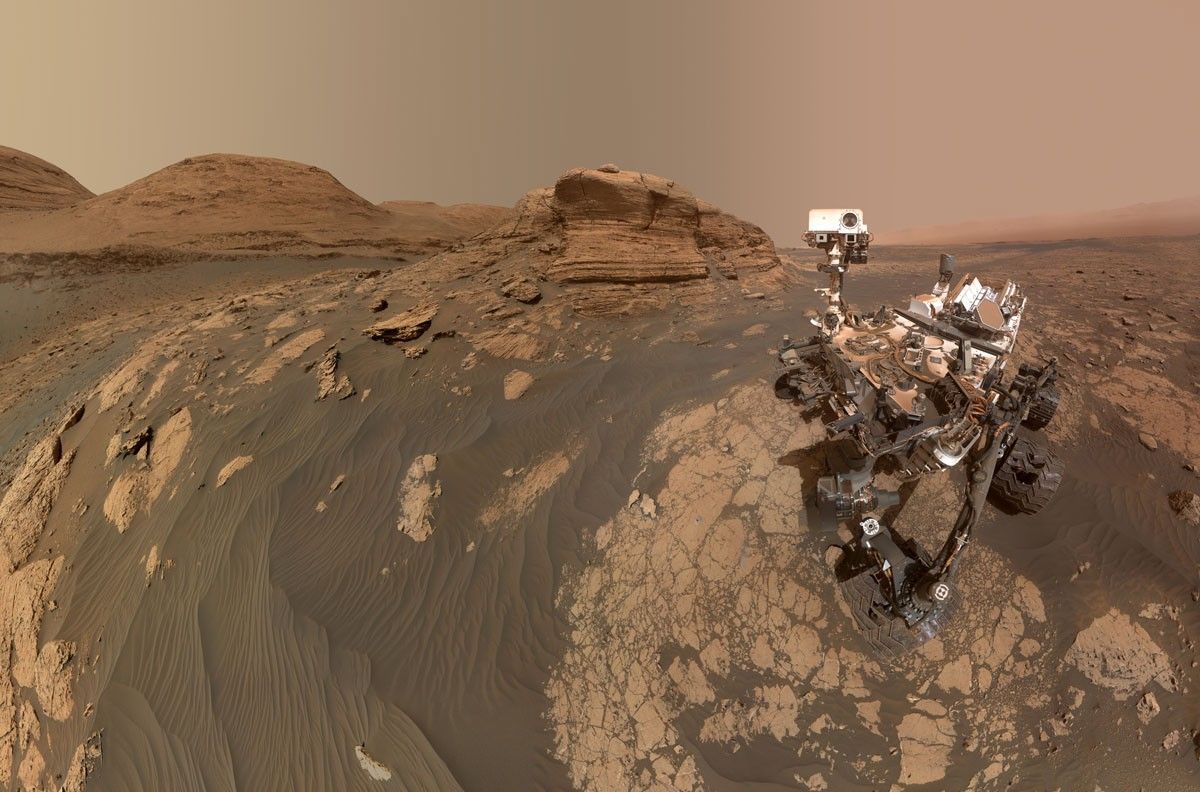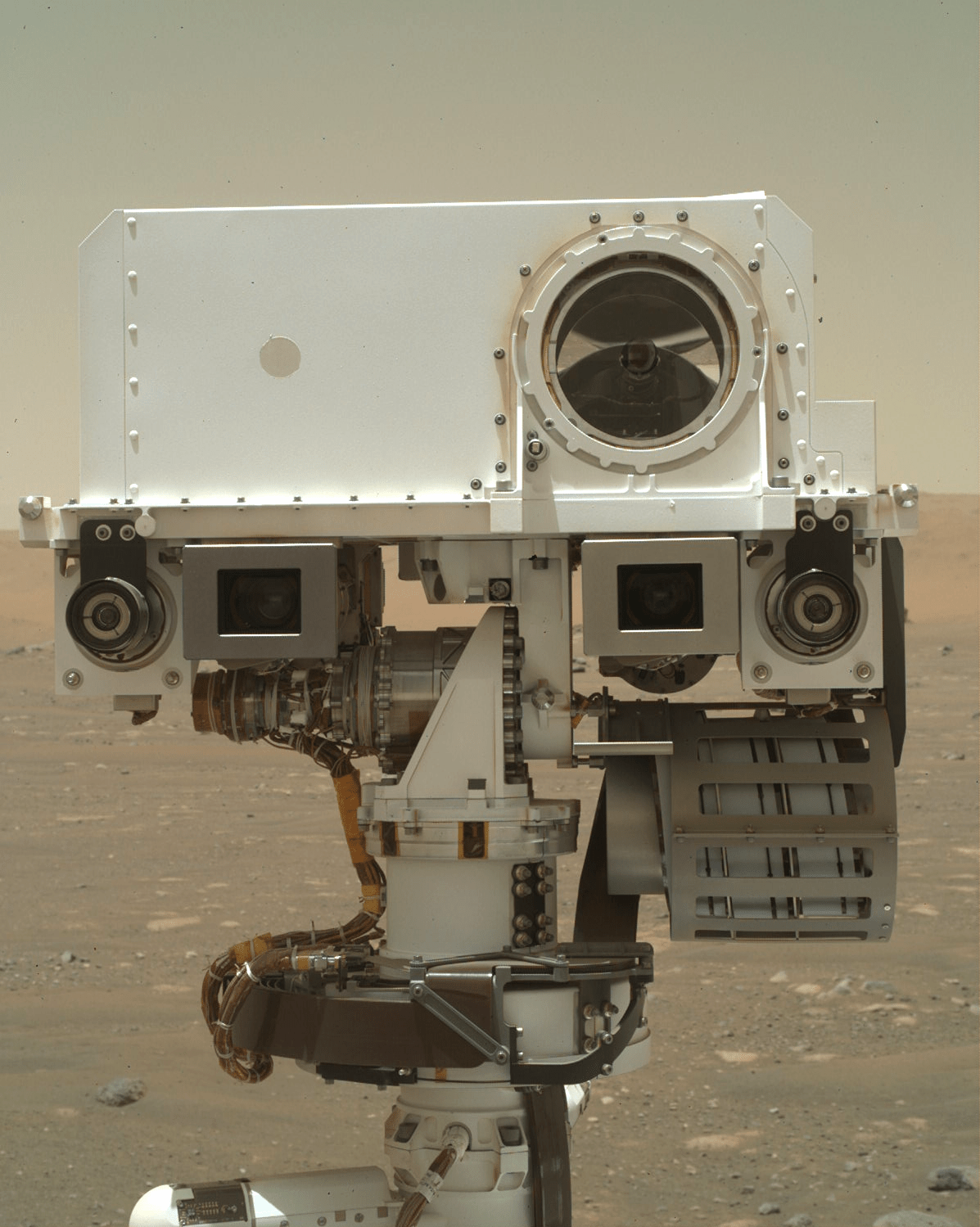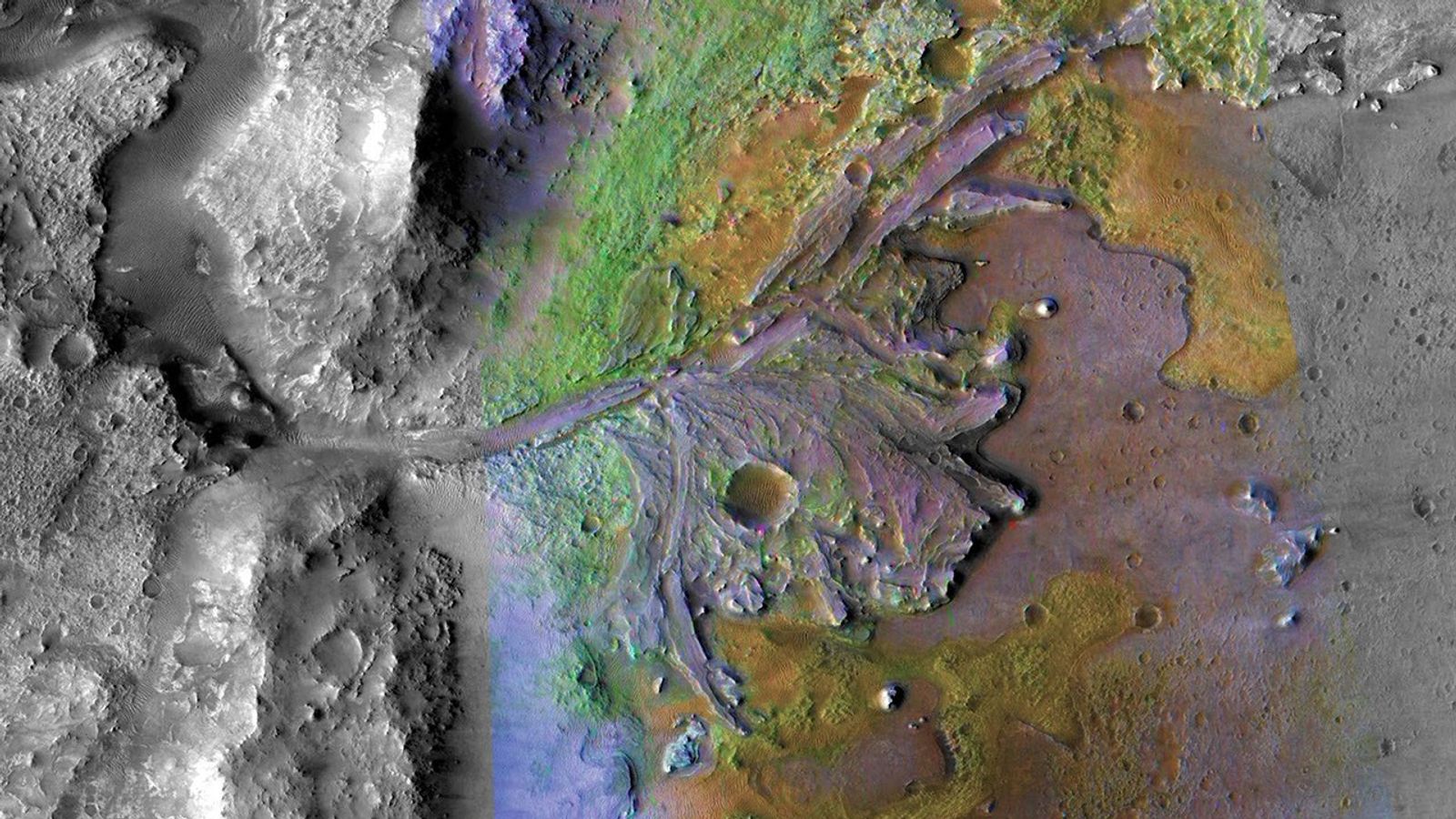A couple of transits of Mars' moon across the face of the sun were observed
by Mastcam. These are similar to solar eclipses on Earth, but because the
Martian moons are so much smaller than Earth's moon, they do not completely
block the sun. But they are still fun to watch and scientifically useful,
as they allow the position of the moons to be determined and their orbits
to be precisely updated. The rate of change of the moon's orbits is
affected by the interior structure of Mars, so in a way the transits are
geophysical observations.
I was SOWG Chair for Sol 43 planning, and I was busy because it was an
ambitious plan: ChemCam characterization in morning, followed by a ~30
meter drive toward a dark boulder that may become the target of close-up
investigation using the arm. On the morning of Sol 44, the rover will wake
up early to look for frost or fog before dawn, then take a big Mastcam
panorama toward the northwest while the lighting is good.
Written by Ken Herkenhoff, Planetary Geologist at USGS Astrogeology Science Center


































